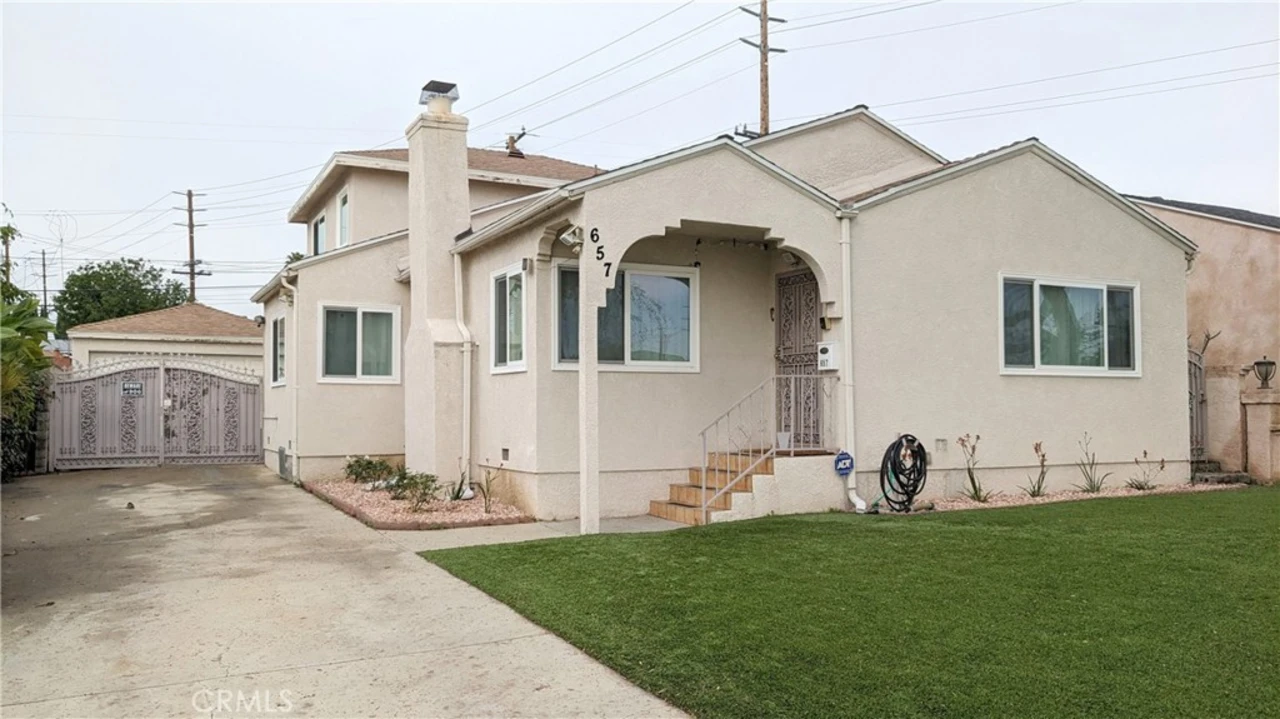Introduction: The Myth of the Real Estate Market
As a blogger who has been researching and writing about the real estate market for years, I have come across a popular adage that states the real estate market triples every 10 years. This statement has been circulated by many people, including real estate agents, investors, and even friends and family members who have had their hands in the real estate game. But how true is this statement? In this article, I will delve into various aspects of the real estate market, examining the factors that contribute to its growth and analyzing historical data to determine the accuracy of this claim.
Understanding the Fundamentals of the Real Estate Market
Before we can dive into the question of whether the real estate market truly triples every 10 years, it's important to understand the fundamentals of the market itself. Real estate is a unique asset class, as it involves the ownership of physical property. Unlike stocks or bonds, real estate is tangible and has intrinsic value, making it an attractive investment for many people.
Additionally, real estate markets tend to be local in nature, with factors such as job growth, population growth, and economic conditions playing a significant role in driving property values. As a result, it is essential to consider these factors when examining the performance of the real estate market over time.
Historical Real Estate Market Performance
One way to evaluate the claim that the real estate market triples every 10 years is to look at historical market performance. According to the Federal Housing Finance Agency (FHFA), the average annual growth rate for U.S. house prices between 1975 and 2020 was approximately 5.3%. At this rate, it would take a little over 13 years for property values to triple.
However, it is important to note that this figure is an average and does not account for regional differences or fluctuations in the market. There have been periods of rapid growth, as well as periods of stagnation and decline. Therefore, while the historical data does not support the claim that the real estate market triples every 10 years, it does show that property values have generally increased over time.
Regional Variations in Real Estate Market Growth
As mentioned earlier, real estate markets are local in nature, which means that the performance of the market can vary significantly from one region to another. In some areas, property values have experienced rapid growth, while in others, they have remained relatively stagnant or even declined.
For example, cities like San Francisco and New York have seen property values skyrocket over the past few decades, driven by factors such as job growth, population growth, and limited housing supply. In contrast, cities like Detroit and Cleveland have experienced more modest growth or even declines in property values due to economic challenges and population loss. Consequently, the claim that the real estate market triples every 10 years may hold true in some areas but not in others.
Market Cycles and the Impact on Property Values
Another important factor to consider when examining the growth of the real estate market is the existence of market cycles. Like other asset classes, the real estate market experiences periods of expansion and contraction, which can have a significant impact on property values.
During periods of economic expansion, property values tend to increase as demand for housing grows, driven by factors such as job growth and low-interest rates. On the other hand, during periods of economic contraction, property values can stagnate or even decline as demand for housing decreases and the number of distressed properties on the market increases. As a result, the performance of the real estate market can vary greatly depending on the current stage of the market cycle.
Investing in Real Estate: Risks and Rewards
Given the potential for significant growth in property values, it's no surprise that many people are attracted to the idea of investing in real estate. However, it's essential to recognize that, like any investment, real estate comes with its own set of risks and rewards.
While it's true that property values have generally increased over time, there are no guarantees that this trend will continue or that the market will triple every 10 years. Additionally, investing in real estate can be capital-intensive and requires a significant amount of time and effort to manage properties effectively. As a result, it's crucial for potential investors to carefully consider their individual financial goals and risk tolerance before diving into the real estate market.
Conclusion: Debunking the Myth
After examining various aspects of the real estate market, it is clear that the claim that the market triples every 10 years is not universally true. While property values have generally increased over time, there are numerous factors, such as regional variations, market cycles, and economic conditions, that can significantly impact the performance of the market. As a result, it's essential for potential investors to conduct thorough research and consider their individual financial goals and risk tolerance before investing in real estate.

